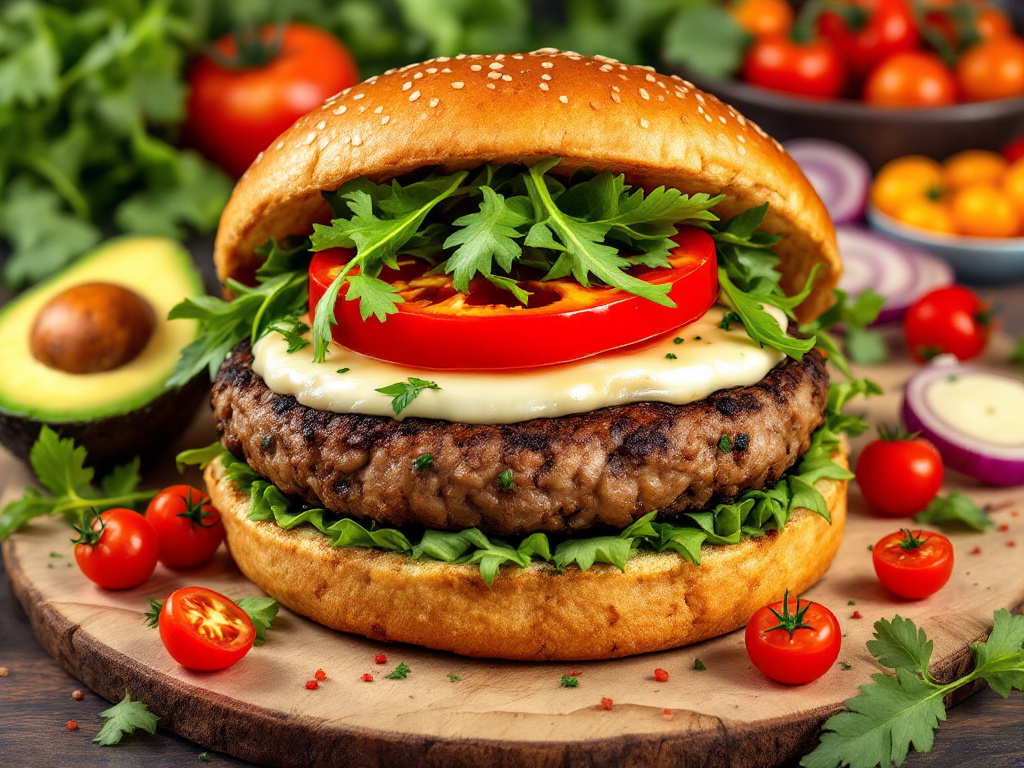In a world where obesity and diabetes are on the rise, finding a sustainable and effective way to manage weight and blood sugar levels is more important than ever. Enter flexitarian recipes—a flexible, plant-based approach to eating that combines the best of vegetarian and omnivorous diets. By focusing on whole, nutrient-dense foods while allowing occasional meat and animal products, the flexitarian diet offers a practical and enjoyable way to improve your health.
In this article, we’ll explore 7 incredible flexitarian recipes that can help you lose weight and prevent diabetes in 2025. From hearty salads to satisfying stir-fries, these recipes are designed to be delicious, easy to prepare, and packed with health benefits. Plus, we’ll share tips on how to transition to a flexitarian diet and answer common questions to help you get started. Let’s dive in!
What Is a Flexitarian Diet?
The flexitarian diet is a semi-vegetarian eating plan that emphasizes plant-based foods while allowing for occasional meat and animal products. The term “flexitarian” is a blend of “flexible” and “vegetarian,” reflecting the diet’s adaptable nature.
Key Components of a Flexitarian Diet:
- Plant-Based Foods: Fruits, vegetables, whole grains, legumes, nuts, and seeds form the foundation of the diet.
- Occasional Meat: Meat is not eliminated but consumed in moderation, often as a side rather than the main dish.
- Healthy Fats: Olive oil, avocado, and nuts provide essential fats.
- Minimal Processed Foods: The diet focuses on whole, unprocessed foods to maximize nutritional benefits.
The flexitarian diet is not just a trend—it’s a sustainable way of eating that can improve your health while being kind to the planet.
How Flexitarian Recipes Help with Weight Loss
One of the biggest challenges of weight loss is finding a diet that is both effective and sustainable. Flexitarian recipes excel in this area by offering a balanced approach that promotes satiety and reduces overeating.
Why Flexitarian Recipes Work for Weight Loss:
- High in Fiber: Plant-based foods like fruits, vegetables, and whole grains are rich in fiber, which keeps you full longer and reduces cravings.
- Low in Calories: Many flexitarian recipes are naturally lower in calories compared to meat-heavy dishes.
- Nutrient-Dense: These recipes provide essential vitamins and minerals without empty calories.
- Flexibility: Allowing occasional meat helps prevent feelings of deprivation, making it easier to stick to the diet long-term.
By incorporating flexitarian recipes into your routine, you can achieve sustainable weight loss without feeling restricted.
Flexitarian Recipes for Diabetes Prevention
Diabetes prevention is another major benefit of the flexitarian diet. By focusing on whole, unprocessed foods, flexitarian recipes help regulate blood sugar levels and improve insulin sensitivity.
How Flexitarian Recipes Support Diabetes Prevention:
- Low Glycemic Index: Many plant-based foods have a low glycemic index, meaning they release sugar slowly into the bloodstream.
- Rich in Antioxidants: Fruits and vegetables are packed with antioxidants that reduce inflammation and improve metabolic health.
- Balanced Macronutrients: Flexitarian recipes often include a mix of carbohydrates, proteins, and healthy fats, which helps stabilize blood sugar levels.
Whether you’re managing diabetes or looking to prevent it, flexitarian recipes offer a delicious and effective solution.
7 Incredible Flexitarian Recipes to Try in 2025
Here are 7 incredible flexitarian recipes that are perfect for weight loss, diabetes prevention, and overall health. Each recipe is easy to prepare, packed with nutrients, and bursting with flavor.
Recipe 1: Lentil and Vegetable Stir-Fry
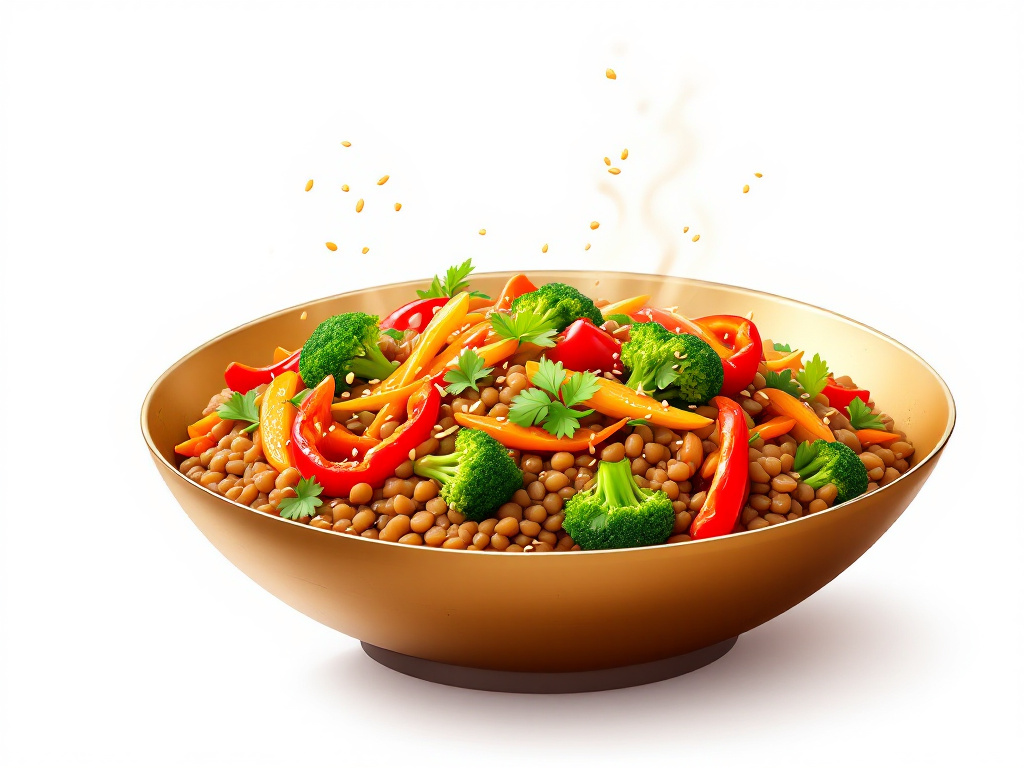
Presentation: A quick, nutrient-packed meal perfect for busy weeknights.
Ingredients:
- 1 cup of cooked lentils.
- 1 cup of mixed vegetables (e.g., broccoli, bell peppers, carrots).
- 2 tablespoons of low-sodium soy sauce.
- 1 tablespoon of olive oil.
Preparation Technique:
- Heat olive oil in a pan.
- Add vegetables and stir-fry for 5-7 minutes.
- Add lentils and soy sauce. Cook for another 2-3 minutes.
Duration: 15 minutes.
Difficulty: Easy.
Benefits: High in fiber, supports weight loss, and regulates blood sugar.
Recipe 2: Chickpea and Spinach Curry
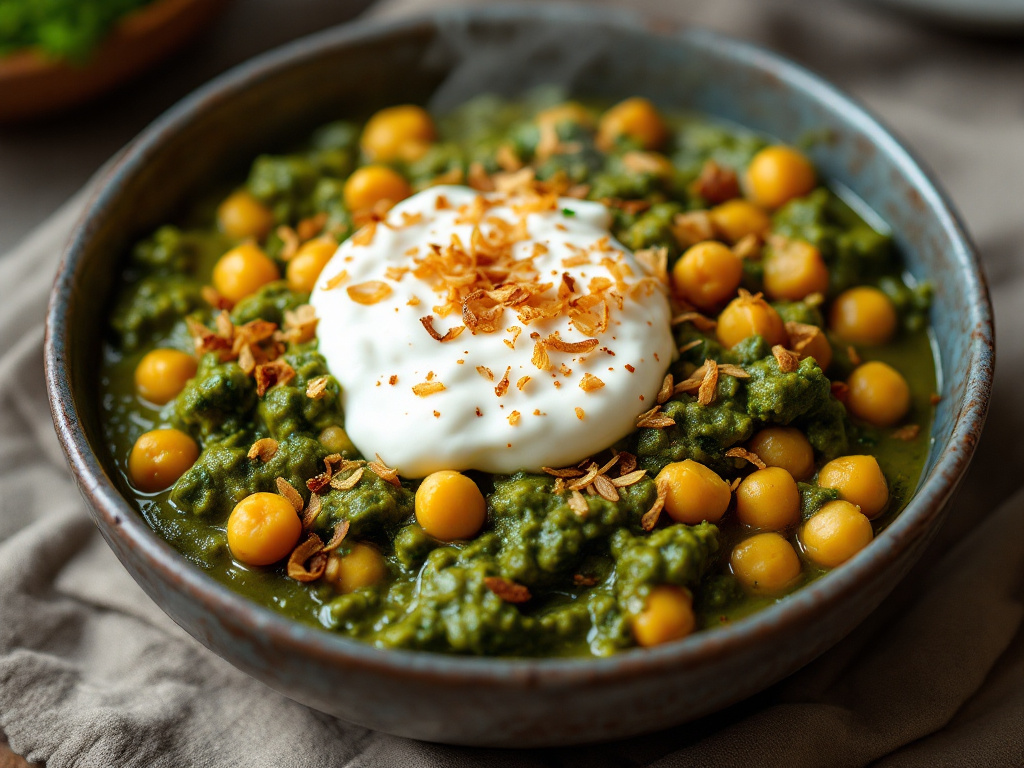
Presentation: A flavorful, plant-based curry that’s both filling and nutritious.
Ingredients:
- 1 can of chickpeas (drained and rinsed).
- 2 cups of fresh spinach.
- 1 cup of coconut milk.
- 1 tablespoon of curry powder.
Preparation Technique:
- In a pot, combine chickpeas, spinach, coconut milk, and curry powder.
- Simmer for 10-15 minutes until heated through.
Duration: 20 minutes.
Difficulty: Easy.
Benefits: Rich in protein and fiber, supports heart health.
Recipe 3: Quinoa-Stuffed Bell Peppers
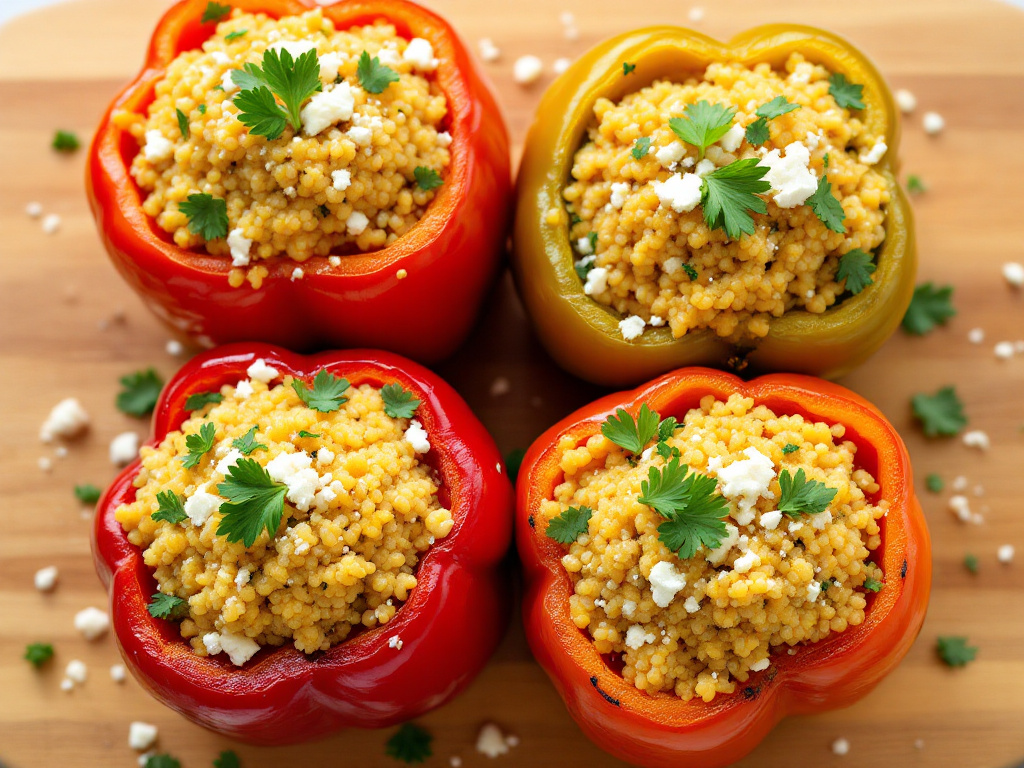
Presentation: A colorful and satisfying dish perfect for dinner.
Ingredients:
- 4 bell peppers (tops cut off and seeds removed).
- 1 cup of cooked quinoa.
- 1/2 cup of black beans.
- 1/2 cup of diced tomatoes.
Preparation Technique:
- Preheat the oven to 190°C (375°F).
- Mix quinoa, black beans, and diced tomatoes in a bowl.
- Stuff the mixture into the bell peppers.
- Bake for 25-30 minutes.
Duration: 40 minutes.
Difficulty: Medium.
Benefits: High in protein and fiber, supports weight management.
Recipe 4: Sweet Potato and Black Bean Tacos
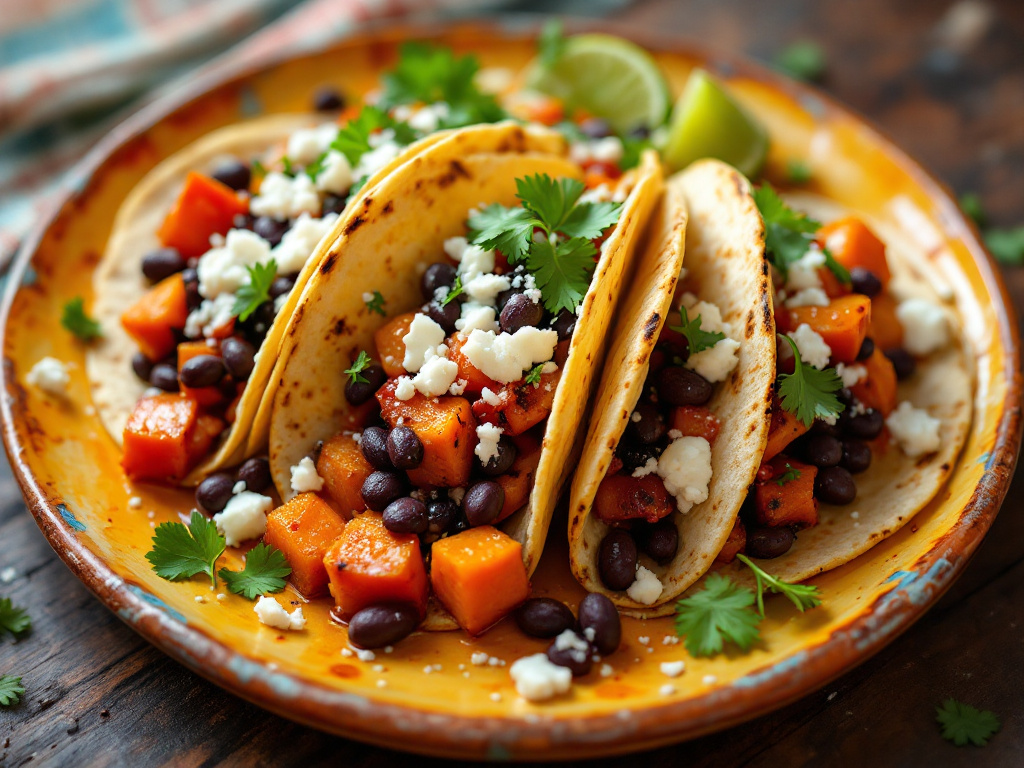
Presentation: A fun and healthy twist on traditional tacos.
Ingredients:
- 2 medium sweet potatoes (peeled and diced).
- 1 cup of black beans.
- 4 whole-grain tortillas.
- 1 teaspoon of chili powder.
Preparation Technique:
- Roast sweet potatoes with chili powder at 200°C (400°F) for 20 minutes.
- Warm tortillas and fill with roasted sweet potatoes and black beans.
Duration: 30 minutes.
Difficulty: Easy.
Benefits: High in fiber, supports blood sugar control.
Recipe 5: Berry and Almond Butter Smoothie
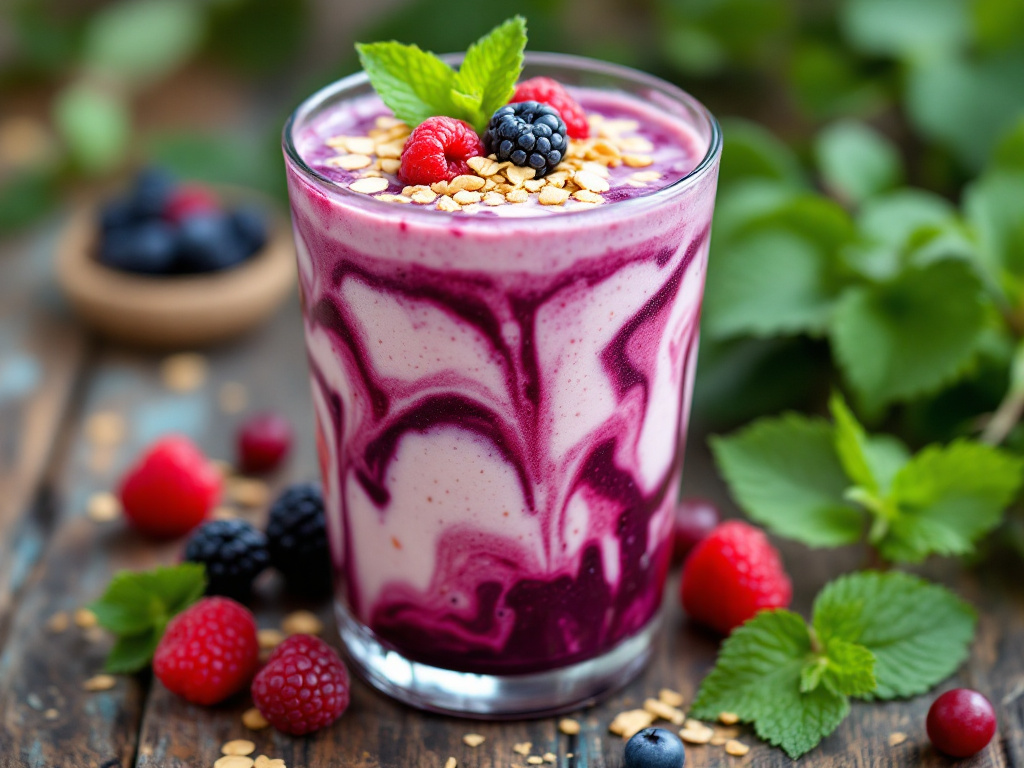
Presentation: A refreshing and nutrient-dense smoothie for breakfast or a snack.
Ingredients:
- 1 cup of mixed berries (fresh or frozen).
- 1 tablespoon of almond butter.
- 1 cup of unsweetened almond milk.
Preparation Technique:
- Blend all ingredients until smooth.
Duration: 5 minutes.
Difficulty: Easy.
Benefits: Rich in antioxidants, supports weight loss.
Recipe 6: Mediterranean Chickpea Salad
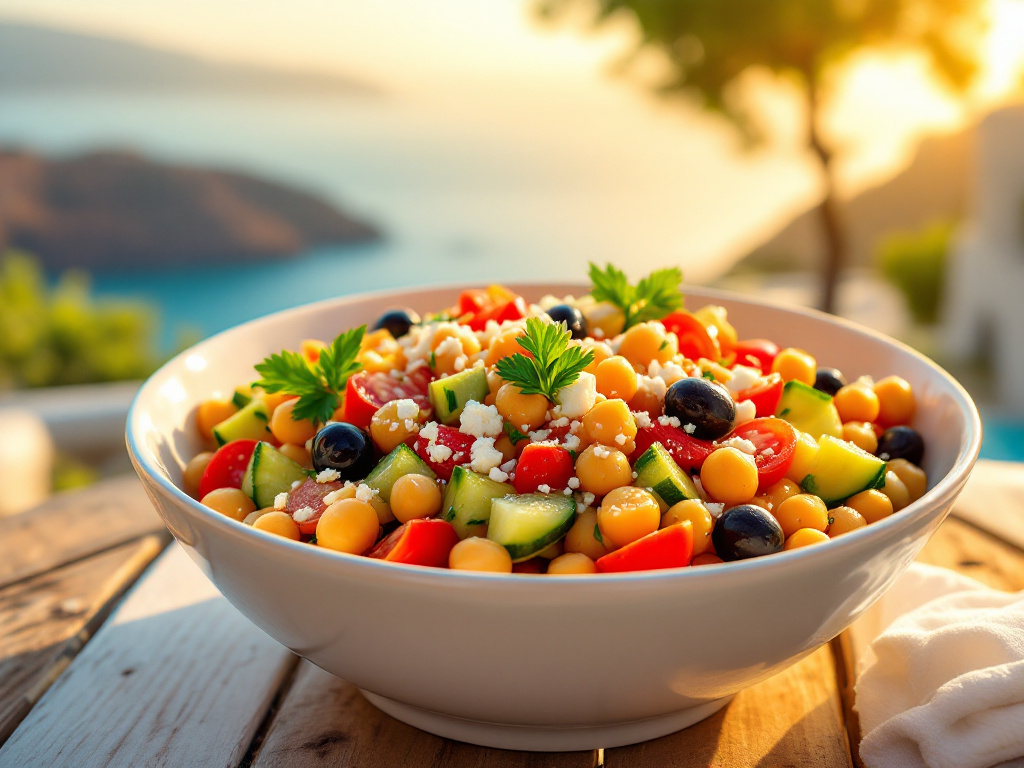
Presentation: A light and flavorful salad perfect for lunch.
Ingredients:
- 1 can of chickpeas (drained and rinsed).
- 1 cup of cherry tomatoes (halved).
- 1/2 cup of cucumber (diced).
- 2 tablespoons of olive oil.
- 1 tablespoon of lemon juice.
Preparation Technique:
- In a bowl, combine chickpeas, cherry tomatoes, and cucumber.
- Drizzle with olive oil and lemon juice. Toss to combine.
Duration: 10 minutes.
Difficulty: Easy.
Benefits: High in protein and fiber, supports heart health.
Recipe 7: Zucchini Noodles with Avocado Pesto
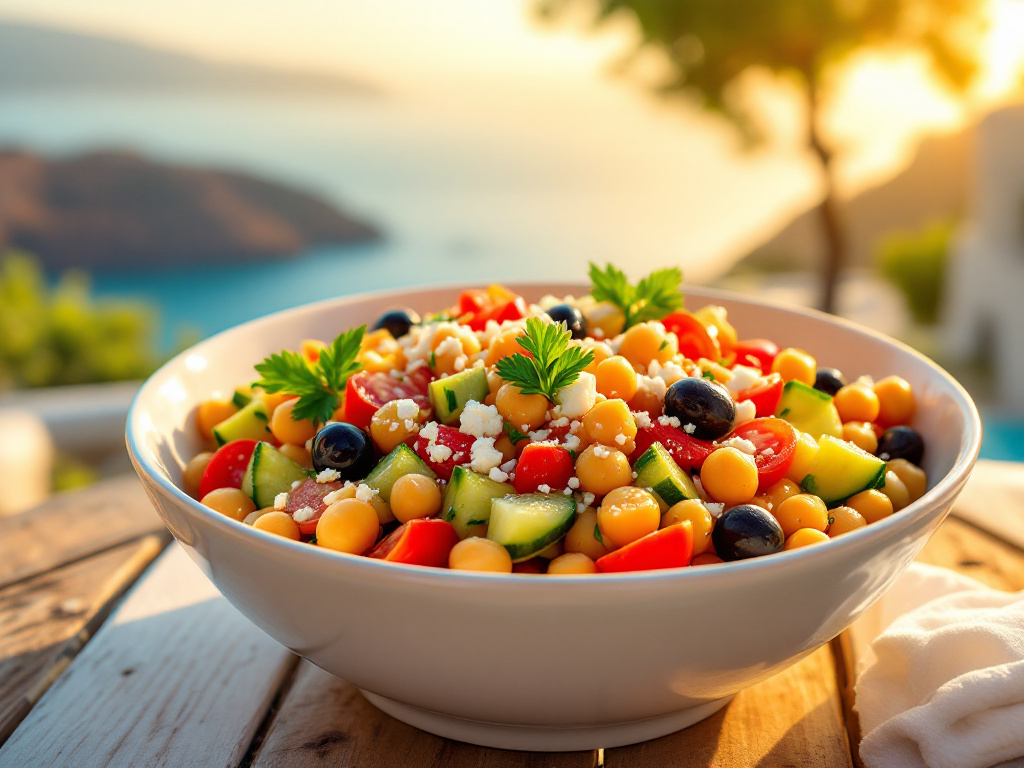
Presentation: A low-carb, nutrient-packed alternative to pasta.
Ingredients:
- 2 zucchinis (spiralized into noodles).
- 1 avocado.
- 1/4 cup of basil leaves.
- 1 clove of garlic.
- 1 tablespoon of olive oil.
Preparation Technique:
- Blend avocado, basil, garlic, and olive oil until smooth.
- Toss the sauce with zucchini noodles.
Duration: 15 minutes.
Difficulty: Easy.
Benefits: Low in calories, supports weight loss.
Tips for Transitioning to a Flexitarian Diet
- Start Small: Begin with one meatless meal per day and gradually increase.
- Experiment with New Ingredients: Try tofu, tempeh, and legumes as protein sources.
- Plan Ahead: Prepare meals in advance to avoid falling back on unhealthy options.
- Stay Flexible: Allow yourself occasional meat to prevent feelings of deprivation.
Conclusion
The flexitarian diet offers a flexible, sustainable, and effective way to lose weight and prevent diabetes. By incorporating 7 incredible flexitarian recipes into your routine, you can enjoy delicious, nutrient-packed meals that support your health goals. These recipes are not only easy to prepare but also designed to keep you satisfied and energized throughout the day.
Whether you’re looking to shed a few pounds, manage blood sugar levels, or simply eat healthier, the flexitarian diet is your ultimate ally in 2025. Its balanced approach allows you to enjoy the best of both worlds—nutrient-rich plant-based foods and the occasional indulgence in meat or animal products. This flexibility makes it easier to stick to the diet long-term, ensuring lasting results.
Starting your flexitarian journey doesn’t have to be overwhelming. Begin with small changes, like swapping one meat-based meal for a plant-based option, and gradually build from there. Experiment with the recipes we’ve shared, and don’t be afraid to get creative in the kitchen.
Remember, the key to success is consistency and enjoyment. The flexitarian diet isn’t just about eating healthier—it’s about embracing a lifestyle that’s both nourishing and enjoyable. So, why wait? Start today and discover the incredible benefits of this balanced and sustainable way of eating. Your body—and your taste buds—will thank you!
FAQs About Flexitarian Recipes
1. What is a flexitarian diet?
A flexitarian diet is a flexible, plant-based eating plan that emphasizes fruits, vegetables, and whole grains while allowing occasional meat and animal products.
2. Can a flexitarian diet help with weight loss?
Yes, the high fiber and low-calorie nature of plant-based foods promote satiety and reduce overeating.
3. Is the flexitarian diet suitable for diabetics?
Absolutely. The diet’s focus on whole, unprocessed foods helps regulate blood sugar levels.
4. How often can I eat meat on a flexitarian diet?
It’s flexible, but most flexitarians eat meat 2-3 times per week.
5. Are flexitarian recipes expensive?
Not necessarily. Staples like beans, grains, and seasonal produce are affordable and versatile.
6. Can I get enough protein on a flexitarian diet?
Yes, plant-based proteins like lentils, chickpeas, and tofu are excellent sources.
7. How do I start a flexitarian diet?
Begin by replacing one meat-based meal per day with a plant-based option and gradually increase.
8. Are there any risks to a flexitarian diet?
For most people, it’s safe and beneficial. However, ensure you’re getting enough nutrients like iron and B12.
